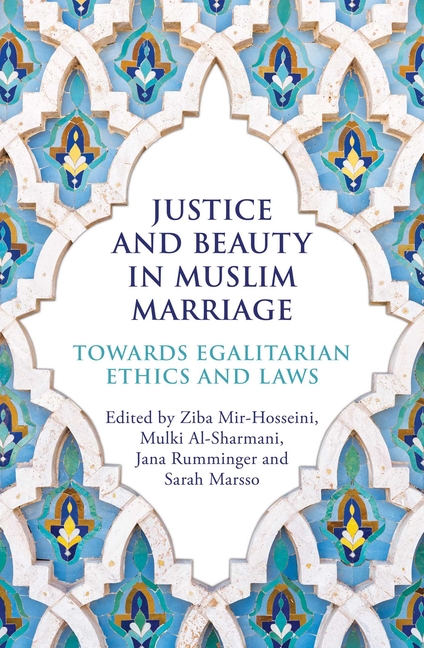Kadivar, Mohsen. “Rethinking Muslim Marriage Rulings through Structural Ijtihad” in Justice and Beauty in Muslim Marriages: Towards Egalitarian Ethics and Laws, edited by Ziba Mir-Hosseini, Mulki Al-Sharmani, Jana Rumminger, and Sarah Marsso. London: Oneworld Academic, 2022, pp. 213-231.

Rethinking Muslim Marriage Rulings through Structural Ijtihad
Mohsen Kadivar in ‘Rethinking Muslim Marriage Rulings through Structural Ijtihad’ critiques the traditional theory of ijtihad, which he argues remains blindly attached to textual sources, and proposes a bold new approach that he calls ‘structural Ijtihad’. In this method, human reason and intellect play a key role in the construction of ethics, while simultaneously affirming the importance of key Qur’anic values.
Within this new methodology, he holds that all juristic arguments on marriage and the validity of all derived rulings should be tested against four criteria: rationality, justice, ethics, and effectiveness, all according to contemporary standards of justice and social realities.
He applies structural ijtihad to four contested areas of marriage (child marriage, rights and duties in marriage, divorce, and polygamy) to demonstrate the implementation of these criteria.
Kadivar argues that most classical fiqh rulings can no longer be regarded as ‘Islamic’ because they are not just, reasonable, or moral, and they are less functional than other laws. In contrast, applying the structural ijtihad approach can preserve principles and standards within the tradition while adequately addressing today’s needs, contexts, and standards. (Editors, Introduction: Towards Marriage as a Partnership of Equals, Islamic legal theory, and ethics [section], pp. 12-13)
Contents
Introduction
I. Structural Ijtihad and its Requirements
1.1. Expectations of Religion
1.2. Human Rationality as the Source of Ethics
1.3. Timeless or Time-Bound?
II. Applying Structural Ijtihad to Jurisprudence on Muslim Marriage
2.1. The Marriage of Minors
2.2. Equal Rights and Duties in Marriage
2.3. Equal rights to divorce
2.4. Polygyny
Conclusion
References
Full Text

